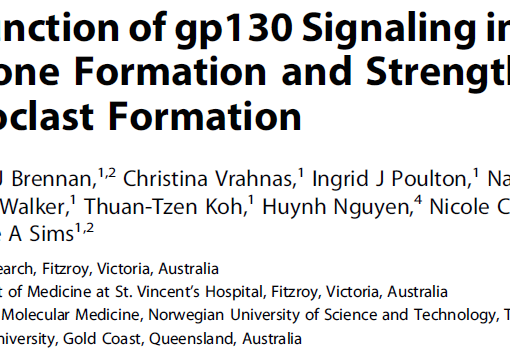Abstract
Bone tissue mechanical properties are deemed a key component of bone strength, but their assessment requires invasive procedures. Here we validate a new instrument, a reference point indentation (RPI) instrument, for measuring these tissue properties in vivo. The RPI instrument performs bone microindentation testing (BMT) by inserting a probe assembly through the skin covering the tibia and, after displacing periosteum, applying 20 indentation cycles at 2 Hz each with a maximum force of 11 N. We assessed 27 women with osteoporosis-related fractures and 8 controls of comparable ages. Measured total indentation distance (46.0 +/- 14 versus 31.7 +/- 3.3 microm, p = .008) and indentation distance increase (18.1 +/- 5.6 versus 12.3 +/- 2.9 microm, p = .008) were significantly greater in fracture patients than in controls. Areas under the receiver operating characteristic (ROC) curve for the two measurements were 93.1% (95% confidence interval [CI] 83.1-100) and 90.3% (95% CI 73.2-100), respectively. Interobserver coefficient of variation ranged from 8.7% to 15.5%, and the procedure was well tolerated. In a separate study of cadaveric human bone samples (n = 5), crack growth toughness and indentation distance increase correlated (r = -0.9036, p = .018), and scanning electron microscope images of cracks induced by indentation and by experimental fractures were similar. We conclude that BMT, by inducing microscopic fractures, directly measures bone mechanical properties at the tissue level. The technique is feasible for use in clinics with good reproducibility. It discriminates precisely between patients with and without fragility fracture and may provide clinicians and researchers with a direct in vivo measurement of bone tissue resistance to fracture.
https://www.ncbi.nlm.nih.gov/pubmed/20200991
J Bone Miner Res. 2010 Aug;25(8):1877-85. doi: 10.1002/jbmr.73.




